Goa’s natural and built environment are reeling from the effects of the existing railway track; Can they survive a second one?
I first heard of the double tracking project in the peak of the pandemic, through a campaign obtaining signatures in protest against the three linear projects that threatened Goa’s environment. In January 2021, I was approached by Dr. Nandini Velho, who runs the MyMollem movement, to create a visual story around the issue. This gave birth to the series ‘Heritage at Risk’ which aimed at highlighting the present day impact of the railway line on Goa’s heritage homes in the Mormugao-Vasco belt. The first village we chose to focus on was Velsão due to the dense fabric of heritage homes that were affected by the railway track.
As I made my way into Velsão, I was greeted with a bunch of beautiful Goan buildings, sitting delightfully in their picturesque settings – with coconut palms swaying in the warm afternoon breeze – a very idyllic setting. However as I went deeper into the village, an unsettling feeling grew within me. As I whizzed past the trees, I caught glimpses of a long and continuous metallic object that sharply reflected the afternoon sun in my eyes. As I went ahead, the road merged with it at one point and suddenly, it revealed itself to me : a railway track! What seemed like an archetypal Goan village was now suddenly a strange sight. As I spoke to the locals and went deeper into the subject, I got a better understanding of the matter at hand and the problems faced by the people, which I present to you over here.
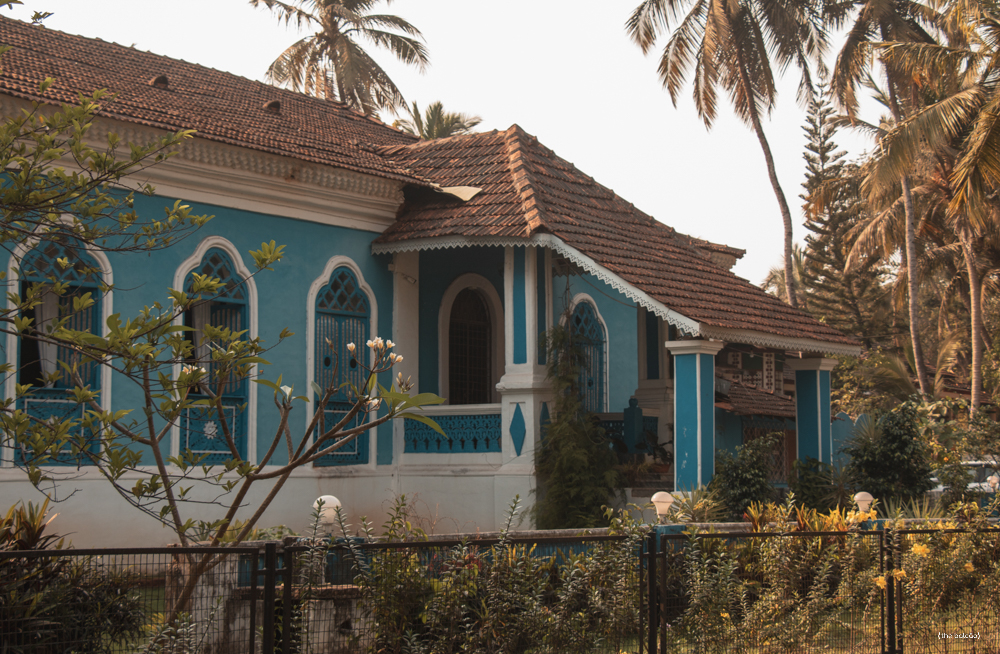
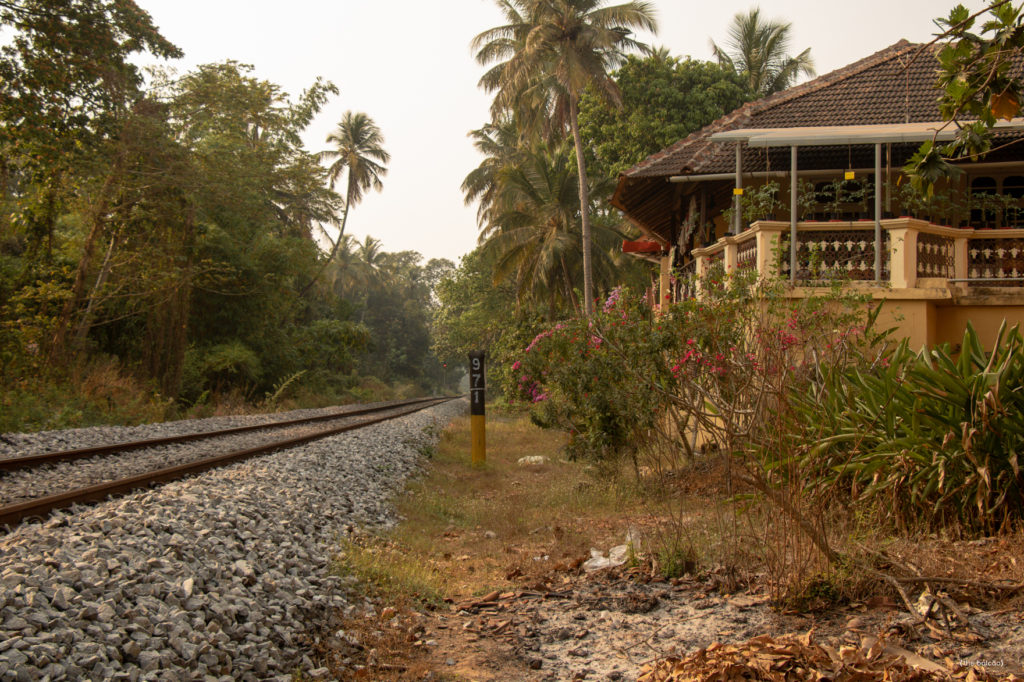
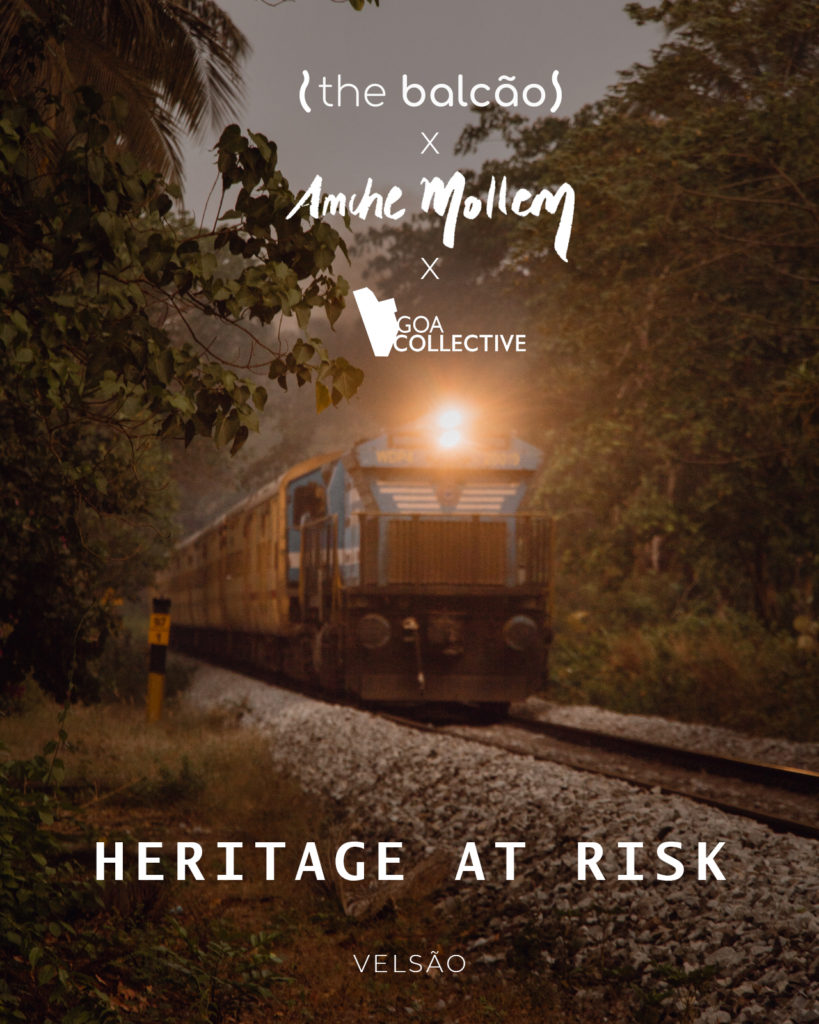
What is the proposal all about?
The South Western Railways (SWR) double tracking of the railway line along Vasco-Hospet is one of the three infrastructure projects that the government is determined to implement in an ecologically fragile Goa.
While India was under lockdown, the project was cleared by the Ministry for Environment, Forests and Climate Change (MoEF&CC) without any deliberation or meaningful public engagement.
While the government claims that the project is in the best interest of Goans, it is evidently clear that the double track is all part of a plan to make Goa a coal hub and to use the state as a corridor to supply increased amounts of coal from the port inland to Karnataka and the rest of India, to serve the best interests of Adani-JSW-Vedanta companies. And for this, the Goan population should bear the extremely poisonous and fatal effects of pollution by coal dust during transportation
In June last year, a group of concerned citizens came together to protest and raise their voice against these three infrastructure projects. Under the banner ‘Amche Mollem’ the group, comprising of ecologists, artists, lawyers, students and teachers among others, are taking to social media to create awareness among the general public about the ill effects of these projects for the future generations of Goa.
On the night of November 1, 2020, at Chandor, more than 5,000 people peacefully protested against the proposed double tracking. “The night reverberated with chants and songs – an ode to the strong collective vision of Goa’s rich ecology’’ writes Veera Mahuli.
In January 2021, Heta Pandit began an Instagram Series where she interviewed heritage home owners in South Goa about how they were being adversely affected by the existing railway line. This was the first concentrated effort to raise awareness about the threat posed by the project to Goa’s Architectural Heritage.
Land Conflicts
The land where the track exists today was once a village pathway, as proven by the manner in which old houses opened up towards this path. In 1881, Land owners ‘permitted’ the laying of meter gauge by ‘West of India Portuguese Guaranteed Railway’ (WIPGR), a private company in London. No land was acquired from the land owners, nor was any compensation given. The Railways now claim ownership to the Right of Way (10 m) but can produce no documents to support their claim. Portuguese property ownership documents that have not been mutated continue to define the area on both sides of the track as one parcel.
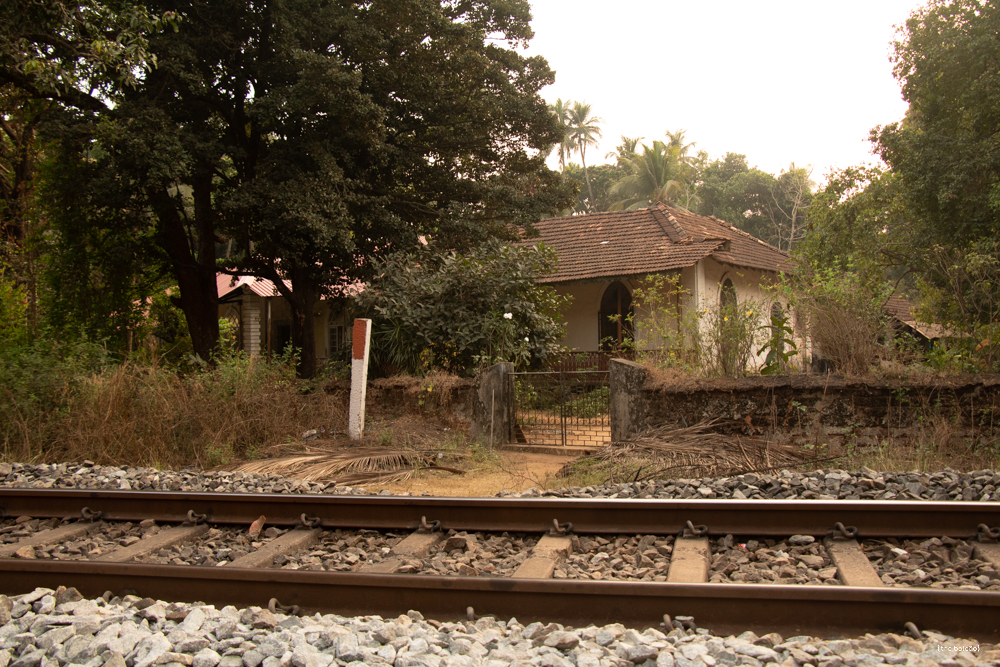
Single Gauge track, once upon a time a boon
86year old Jose Souza traverses the sharp edged stony railway track next to his house with a natural ease. While I struggle to get a foothold on the loose stones, he seems to coast up and about it. He grew up with the railway track, which explains the casual manner he ascends it despite his advanced age.
“Before, we never even felt it…We didn’t even know a train was going by…Back then it was only a narrow meter gauge track. It was only in the 1990s that they widened it to a broad meter gauge, and it is since then the frequency and vibrations have increased”
Jose Souza
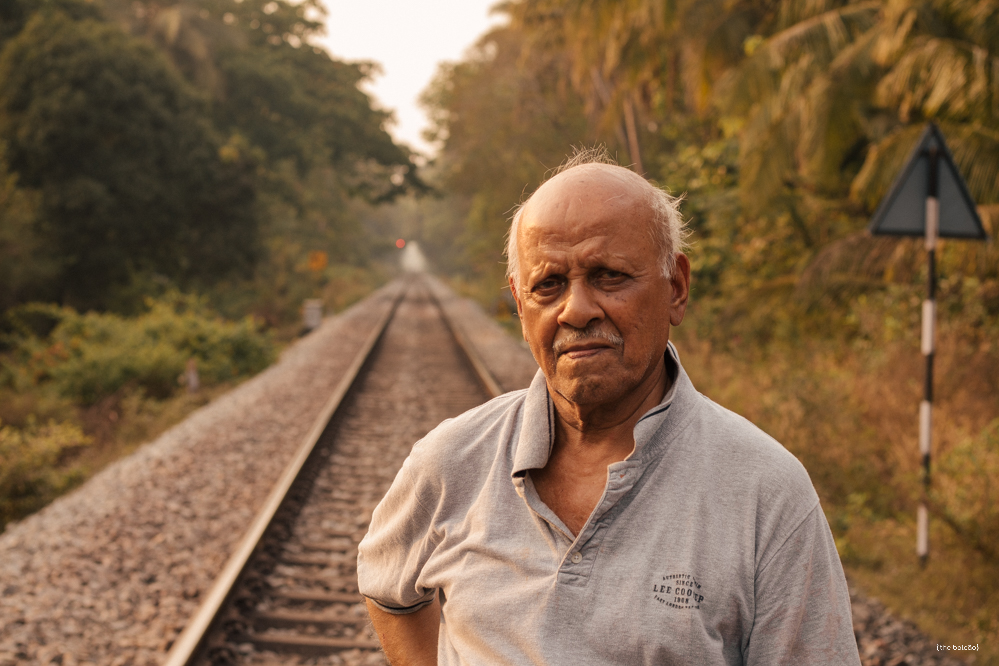
Directly facing the existing track, Jose Souza has a century old heritage home, that has probably witnessed 5 generations. Earlier, there was a clear Right of Way along with trenches which served as vibration barriers and monsoon water drains. Much of this was altered during the 1990s when the track expanded. He also owns some exquisite Indo Portuguese furniture, but owing to the increased dust in the area, primarily due to coal, prefers to keep it under wraps. The proposed double track will now move much closer to his compound wall, but Jose Souza considers himself lucky that he at least has an access path to his house, since many of his neighbours further along this belt do not even have that.
In its earlier form, the single gauge meter track was actually beneficial to the people from Velsão and neighboring villages, allowing them to commute to work in Vasco, or even as far as Margao. After converting it to a broad gauge in the 90s, the frequency of the trains and their speeds subsequently increased bringing with it a host of problems to the heritage homes and the people that inhabit them.
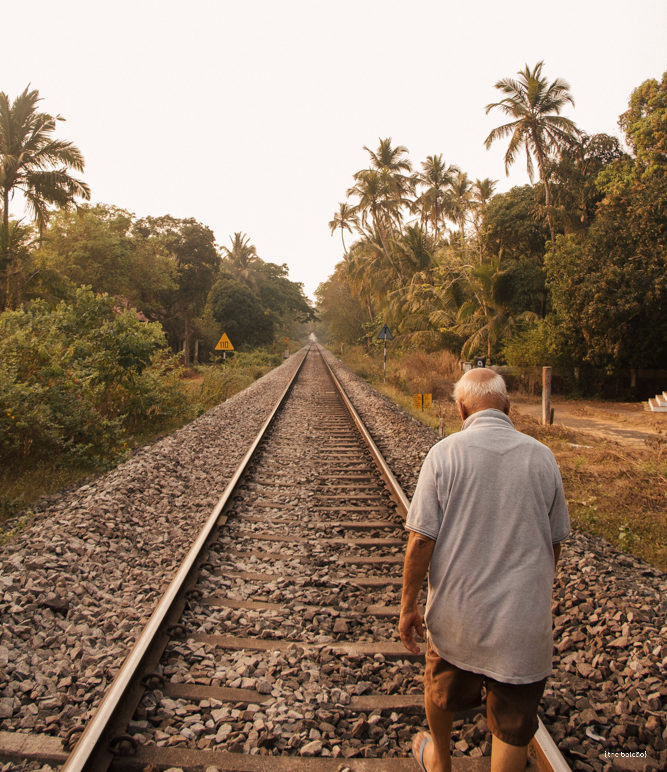
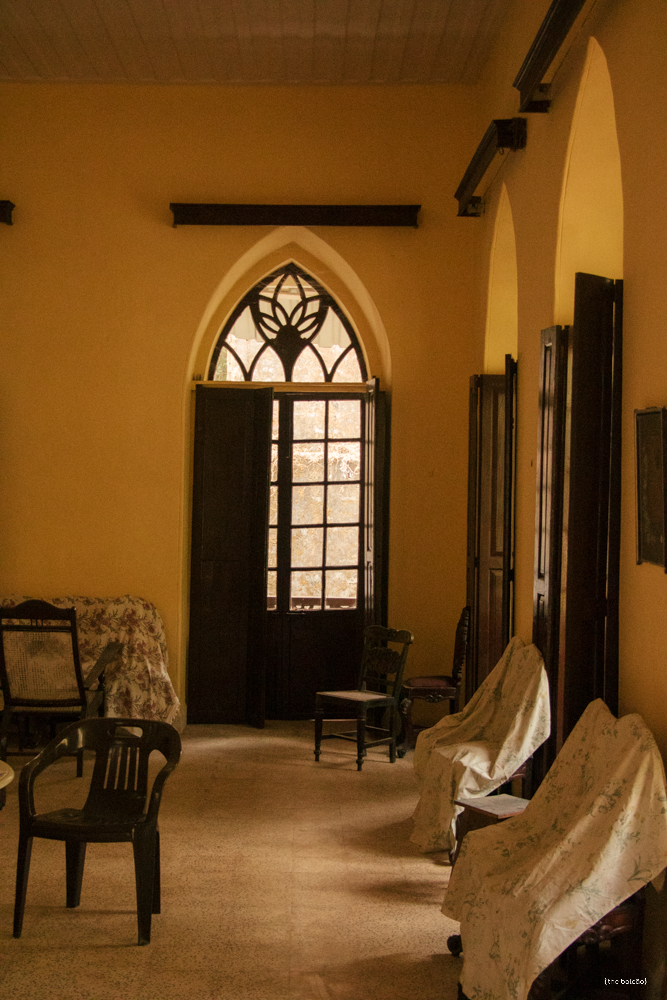
“Goyant Kolso (Coal) Naka’
In recent years, there has been an increase in coal transportation along the tracks,with about 65,000kg of coal being lugged around in the 58 wagon trains, every 2 hours a day on average. This is despite the country’s policy to phase coal out completely.
These trains plague the inhabitants of the village with several lung related diseases, apart from hampering their sleep patterns with their daily rummages through the village deep into the night.
“It is a fact that noise pollution on a regular basis can lead to constriction of the blood vessels causing all kinds of health-related problems, while coal dust pollution on a daily basis can lead to respiratory disorders. Does the government of the day care about the health and well-being of its citizens?”
Ashok Souza
Houses of Goa at risk
The houses of Goa are a unique architectural expression; Besides providing shelter, they represent a way of life, and are the living embodiment of Goan culture. These houses are climate and eco-friendly in the true sense, while also being fine examples of Goan art and craftsmanship.
Goan houses were usually built with stone, but in many instances, houses have been built using a combination of stone and mud, mostly due to economic reasons. This composite way of building displays the Goan sense of thrift and additionally portrays the ingenuity the Goan House builders possessed.
The village of Velsão has a dense cluster of such heritage homes, many of which are in the immediate vicinity of the track! One of the major problems faced by several people are the cracks that emerge all across the walls of these homes on account of the constant vibrations from passing trains. “The entire structure vibrates, roof tiles shake, metal sheets vibrate…This happens even in the middle of the night, which affects our sleep’’ said a nearby resident.
The Coelho House has witnessed more than 4 generations, and is immediately abutting the track. In recent years it has suffered much… “I recall that there were cracks to begin with, when I was young.’’ remarks Sanjay Coelho. “ When the track changed from narrow gauge to broad gauge in the 90s, the cracks worsened progressively. Apart from the coal wagons, the passenger lines go at very fast speeds, and the whole house shakes. Today, the cracks have worsened and have gone through and through the stone walls”
Mr. Coelho’s house is a composite of stone and mud, which puts it at risk from the vibrations caused by passing trains. “When I was young, I used to spend all my summers here. We used to sleep on the verandahs. We never had such problems before. It was a beautiful place – before the broad gauge came in”
“One day a part of the roof just collapsed…” With the structure compromised, and out of fear that the weakened walls would be further distressed from the roofs weight, he took down the remainder of the roof. Now, he is replacing the wooden roof with a steel one, and transferring the load onto steel columns to take the weight off the weakened walls. In doing so, the character of his house has suffered.
“This is my ancestral house…and the frustrating part is that I can’t use it. I’m doing repairs just so that it remains standing…My heart is here. I grew up here, but it saddens me that I cannot live in this house anymore”
Sanjay Coelho
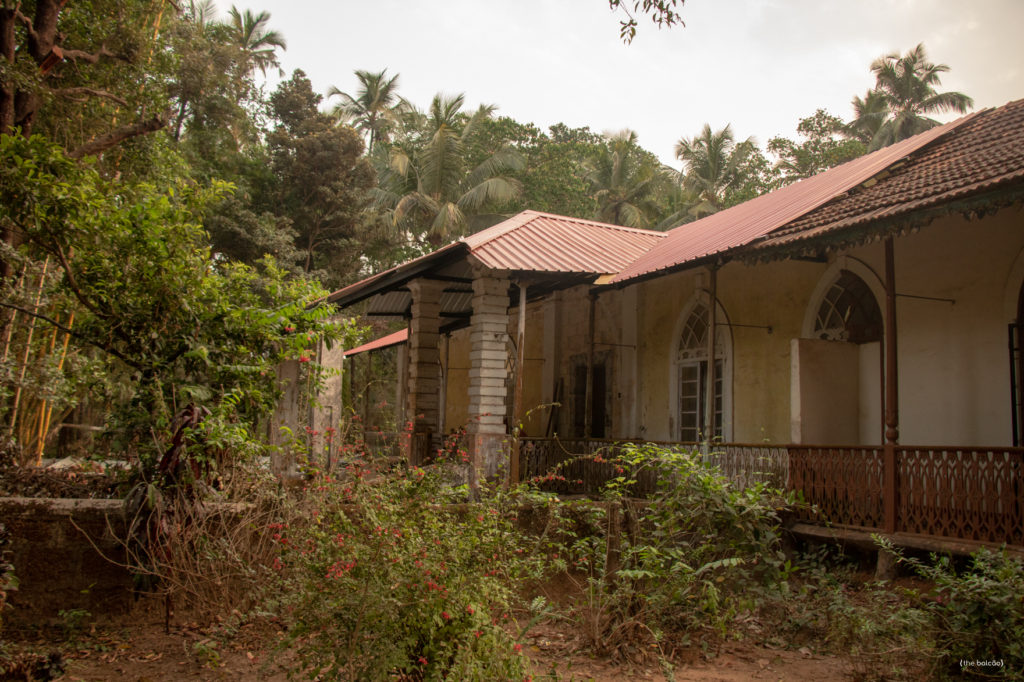
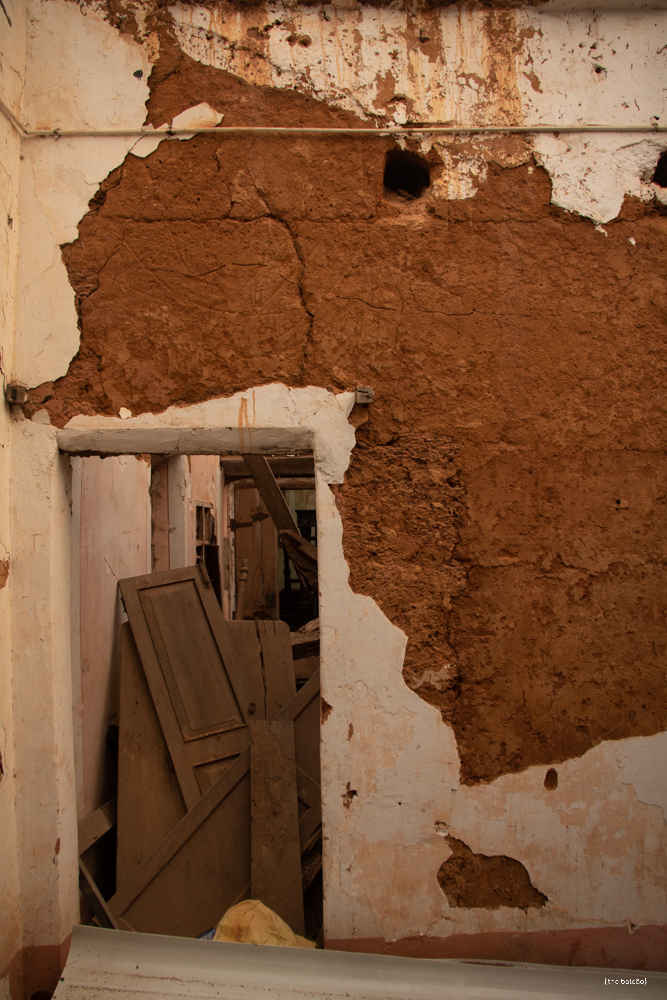
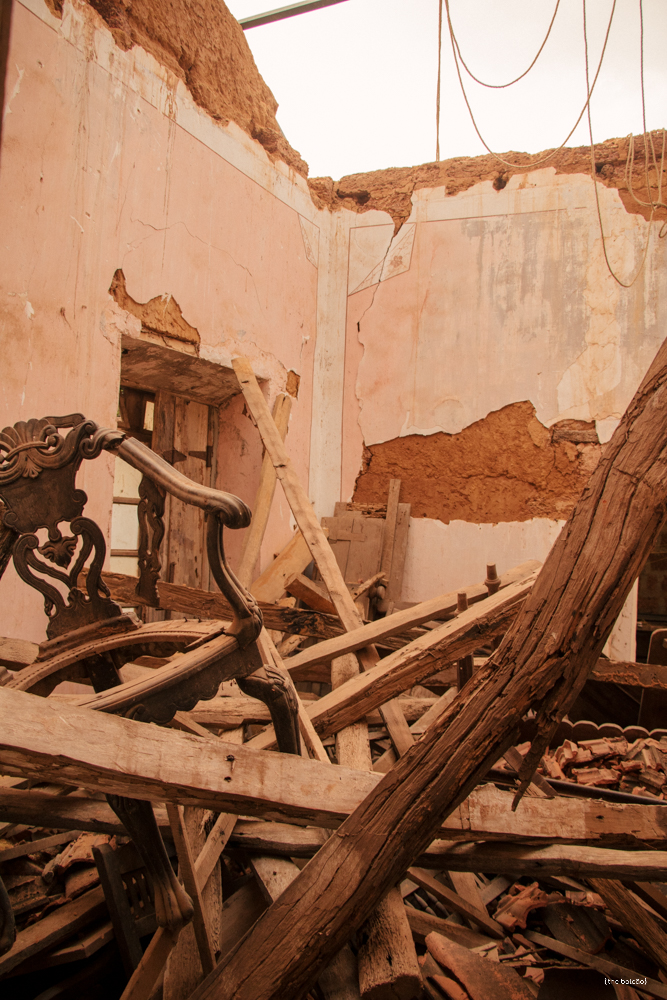
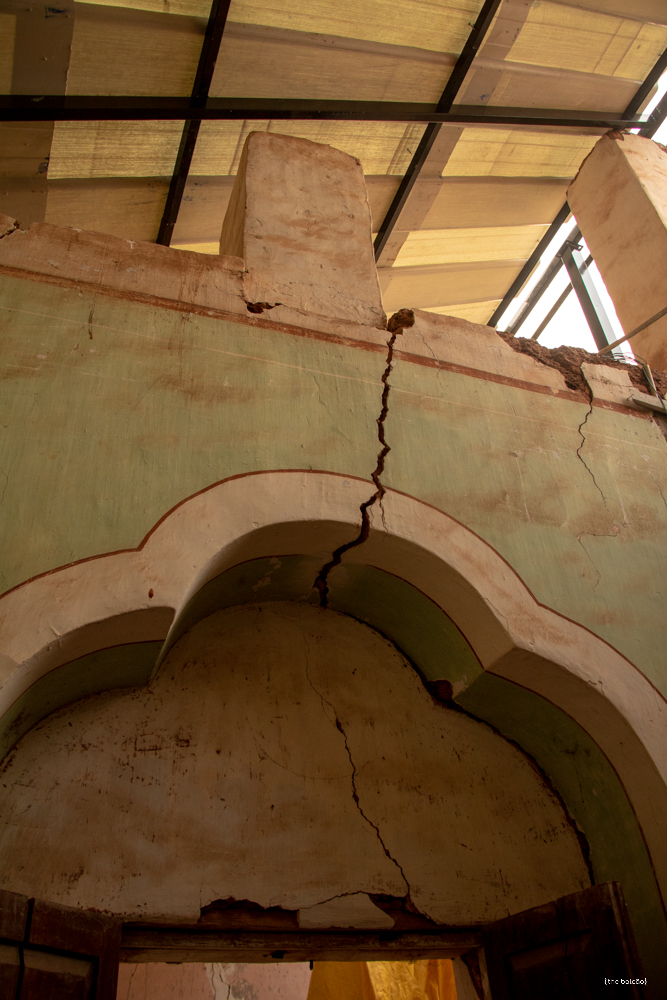
Daily dose of Earthquakes
In North America, Scientists estimate that a one-kilometer-long freight train rumbling down 10 kilometers of rail is equivalent to a magnitude 1.0 earthquake on the Richter scale. The passing of trains are in fact comparable to earthquakes because they transmit seismic waves deep into their surroundings. The people of Velsão have for long been experiencing this, the vibrations causing their houses to tremendously shake when trains pass by.
Traffic vibrations are usually low, but lasting, which could lead to potential damage, like building material fatigue and foundation settlement to historic buildings. For structures that have suffered from weathering, or have cracks, even low velocities could give rise to fatigue damage with frequent occurrences. Such vibrations may transmit several kilometers to result in building damage. For instance, the famous Longmen Grottoes near the Luoyang city in China has been seriously damaged by the ground trembling by trains passing near it.
In Italy, railroads were meticulously designed to avoid influence of ground trembling by trains on the ancient city of Venice and the leaning tower of Pisa. What does the Goa and India Governments do? Propose another track near the already crumbling heritage buildings.
“Doubling the tracks means more frequent and greater intensity of vibration. Will these houses be able to withstand this onslaught? In fact the Government will not have to demolish our houses; the houses will collapse on their own. The villagers want to know from the Government whether this mega destruction can be termed as development and if yes, for whose benefit is it”
Nandita Dayal
Coelho raises pertinent questions “Can these heritage homes withstand this continous onslaught of vibrations? “Since each house is built of a composite of stone and mud, and coated with lime, we don’t know how each structure will react and the damage cannot actually be quantified”
If the current system of high speed trains and wagons ploughing through the village continues, it would ultimately lead to the collapse of these homes. A second track would prove even more fatal.
Landlocked
As mentioned earlier, the railway line was built in the 1880s in the place of a village road, as can be seen by the way the houses open out to it. There were access paths to these homes as long as the narrow gauge track existed, but these were probably obliterated with the changing into a broad gauge in the 1990s. As a result, there exists several houses without a clear access road or path to their houses, and with the only form of approach being over the railway track.
The proposed double tracking makes the situation all the more grim. Some initial markings that is believed to be the extents of the second line have been carried out recently, which has only added to the worries of the nearby residents.
Marie Santan has been residing in Velsão for the past 72 years. There is no access to her house, other than climbing over the track. Besides installing a post, the railways also drew a line that falls inside her compound ‘I don’t know what to make of it’ she says, fearing the worst
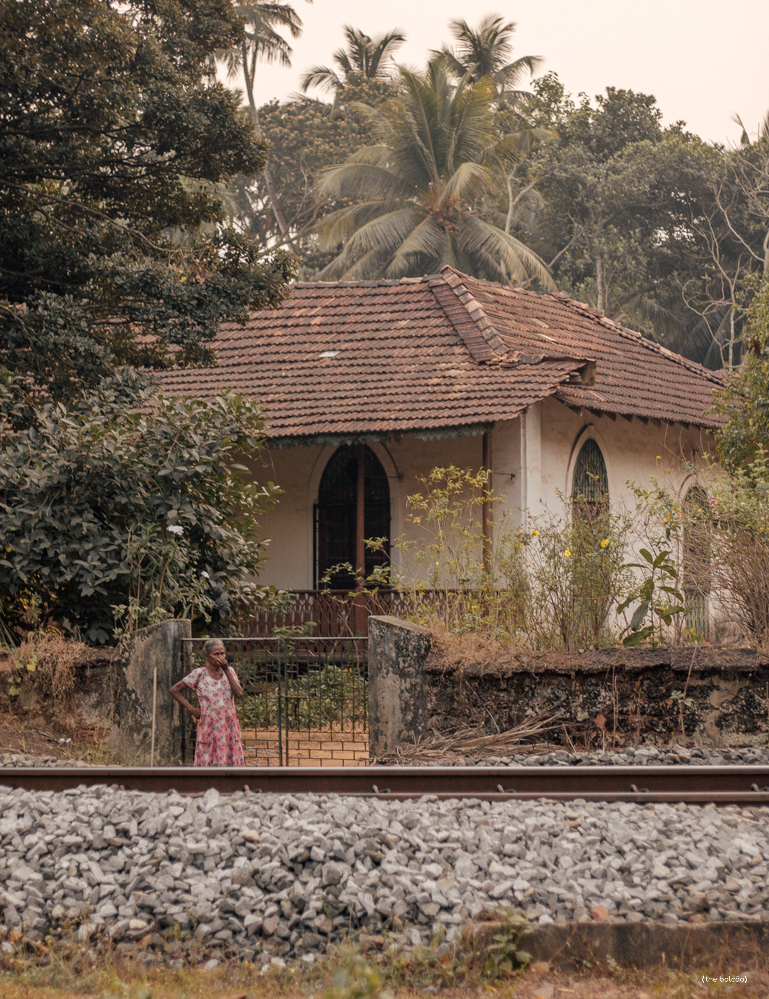
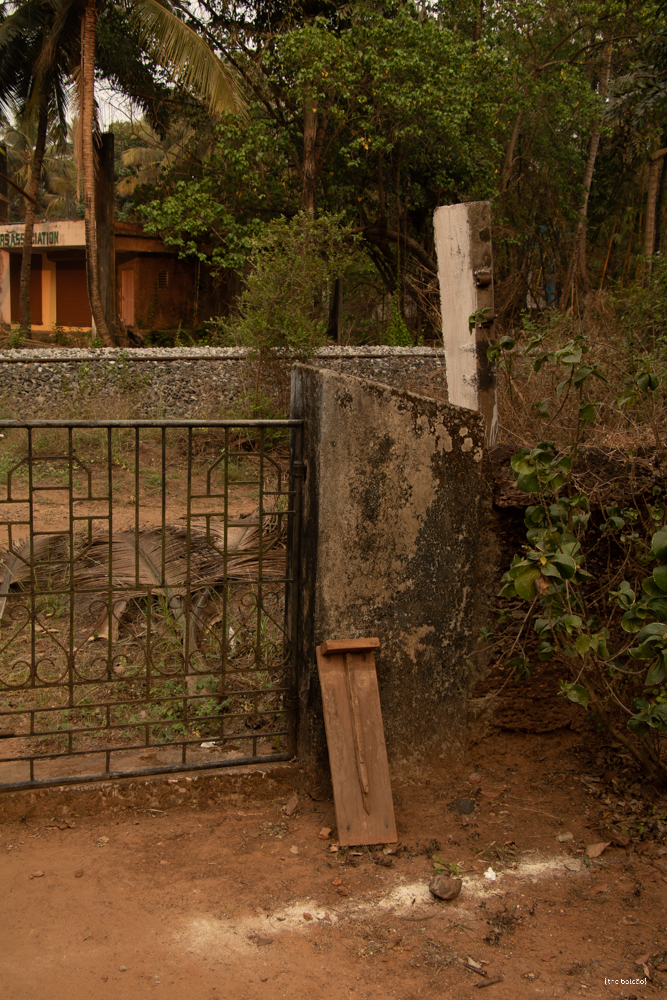
Monica Barreto, a nearby resident explains “There are a lot of senior citizens living here, they have grown up walking around everywhere… even back when it was a single guage, they were able to walk around, but now not anymore, especially with all these trenches dug’’ The villagers now have to make do with whatever leftover space is there.
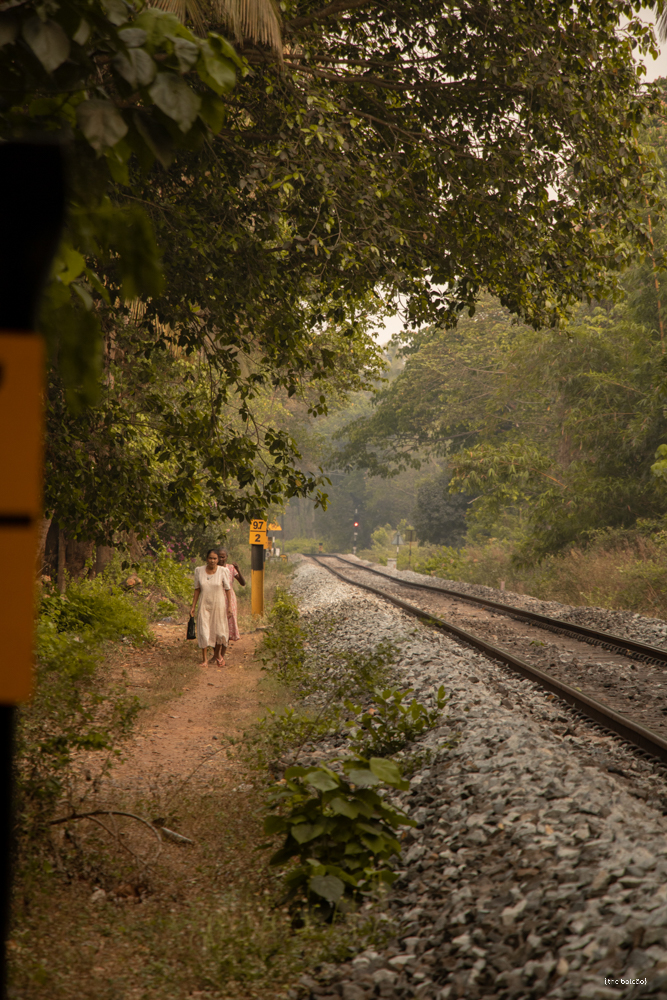
Most of these senior citizens have to carefully travess the sharp stoned tracks to and fro their trips to the grocery store or their visit to the church or temple. There simply isn’t any other way. Many have lost their lives in train related deaths over the years as well.
“There was a lady who stays at the back. Her husband was not well and passed away. The ambulance was called but they had to stop before the track and cross over the track and take him. Now imagine if it’s two lines,It’s going to be a disaster” remarks Sanjay Coelho “If we have to get some material to our house to do our repairs, we have to stop before the track and carry it manually over it”
“These tracks have literally divided most villages of South Goa into two halves and the senior citizens are forced to walk nearly half-an-hour to reach the necessary infrastructure on the other side of the tracks. School students refuse to walk and cross the tracks from under the parked trains to reach the other side on the way to school. Who will vouch for the safety of our children? Why should we suffer so that some others benefit at the cost of our misery?”
Belinda D’Souza
The manner in which several houses are rendered landlocked by the existing track is alarming, especially for the ageing population that inhabits these villages. A second track will only result in displacing them further.
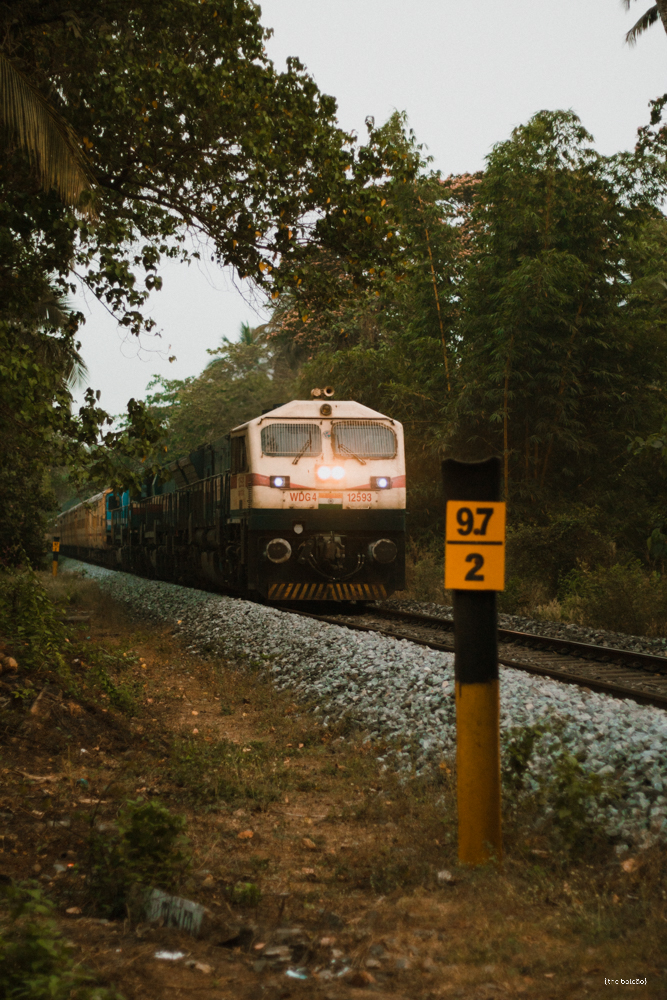
What next?
Citizens breathed a sigh of relief in April 2021, when the CEC (Central Empowered Committee) in its report to the Supreme Court said that the double tracking should be cancelled. “Moreover this doubling project will only be marginally enhancing the capacity of the most inefficient section of the Railway Network passing through ecologically sensitive and bio-diversity rich Tiger Reserve, Two Wildlife Sanctuaries and a National Park”, it said.
In its report, the CEC said that the doubling of the railway track from Castle Rock in Karnataka to Kulem “will destroy the fragile eco-system of the Western Ghats which is an internationally recognised Biodiversity hotspot and also one of the most important wildlife corridor of the country”. It asked the Supreme Court to consider revoking the permission granted by the SC-NBWL for the double-tracking project.
While the report verdict comes as a relief, the fight is not yet over. The Government has remained silent on the issue with the Chief Minister only commenting that his Government would file their opinions directly to the Supreme Court. MLA Jennifer Monserrate claimed she ‘had not received’ the CEC Report yet, even though it was in public domain.
If the Environment Minister’s words are any indication, Goans should not rest easy. After a site visit to the railway track along Issorcim to Arossim, as Orville Dourado Rodrigues reports, he commented to the locals :‘I will wear you down’ suggesting the hell bent nature of the government to go ahead with the project.
The proposed double tracking will have a tremendous negative impact on the environment of Goa, the health and well being of the people, but also on the living built heritage that lies along the belt. No impact assessment study has been carried out on these Heritage Homes and huge question marks remain over whether or not these homes will survive the impact of double tracking, or even the sustained effects of the single track for that matter.
(This article first appeared on mymollem.goa in the form of an Instagram story series and has been republished here with changes in the text)
References :
India Needs to Notice How 3 Development Projects Could Alter Goa’s Forests Forever (thewire.in)
Coal Burying Goa: What the toxic train leaves in its wake | India News,The Indian Express
Herald: Centre has ‘no respect’ for Goa, its people: Village panel (heraldgoa.in)
Vibrations from trains could help seismologists peer underground (popsci.com)
cqfRAEG9_2005.pdf (earthdoc.org)

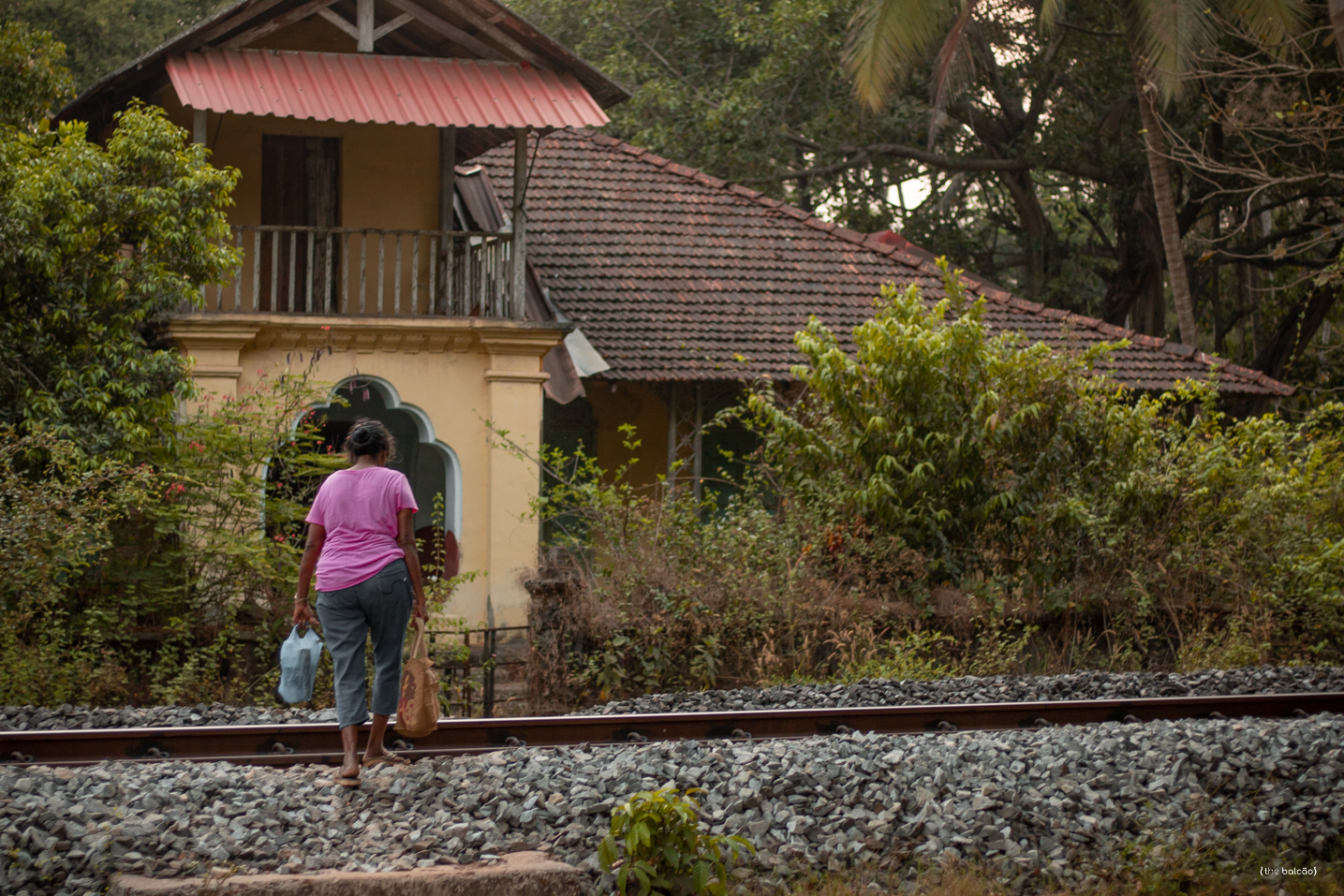

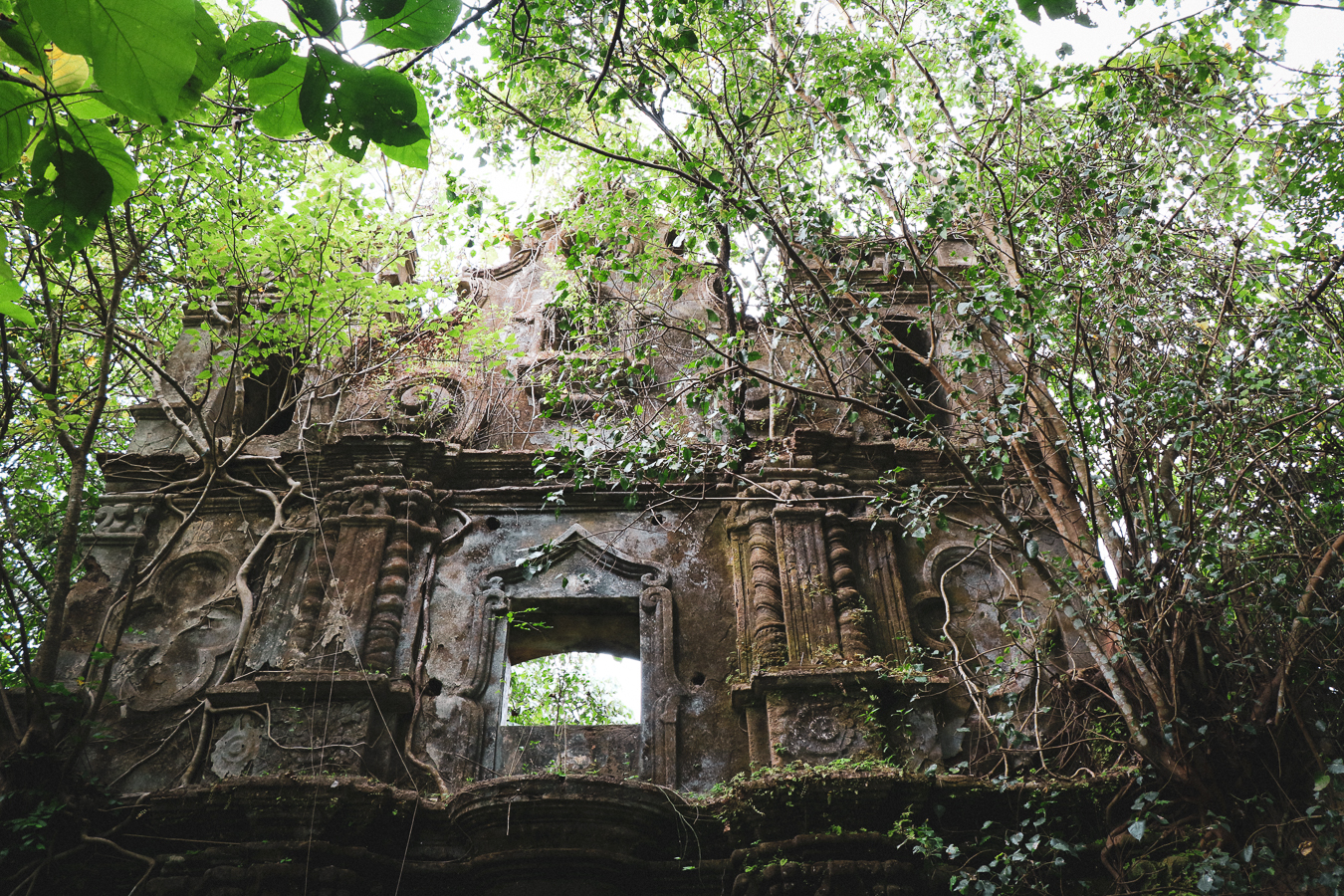
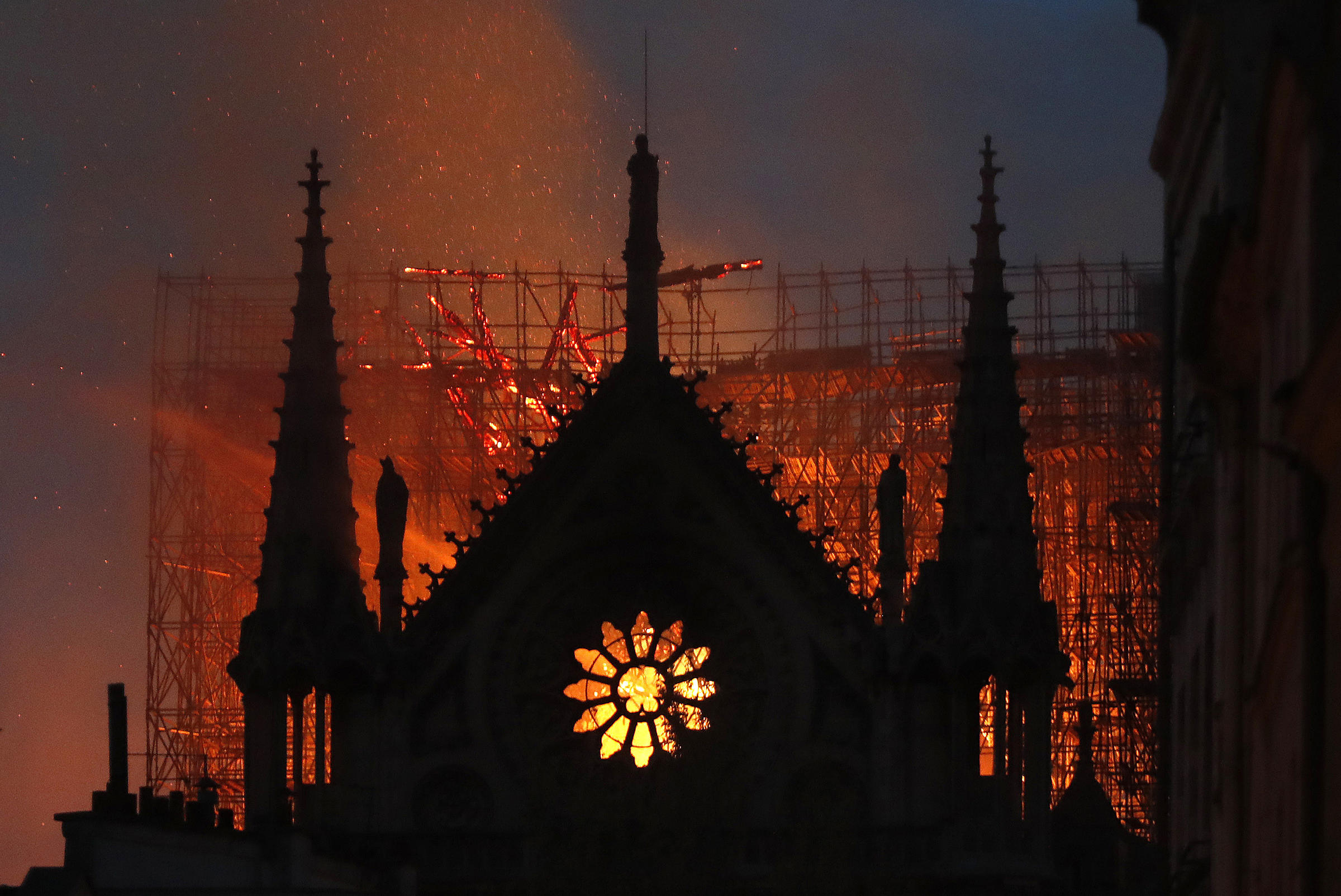
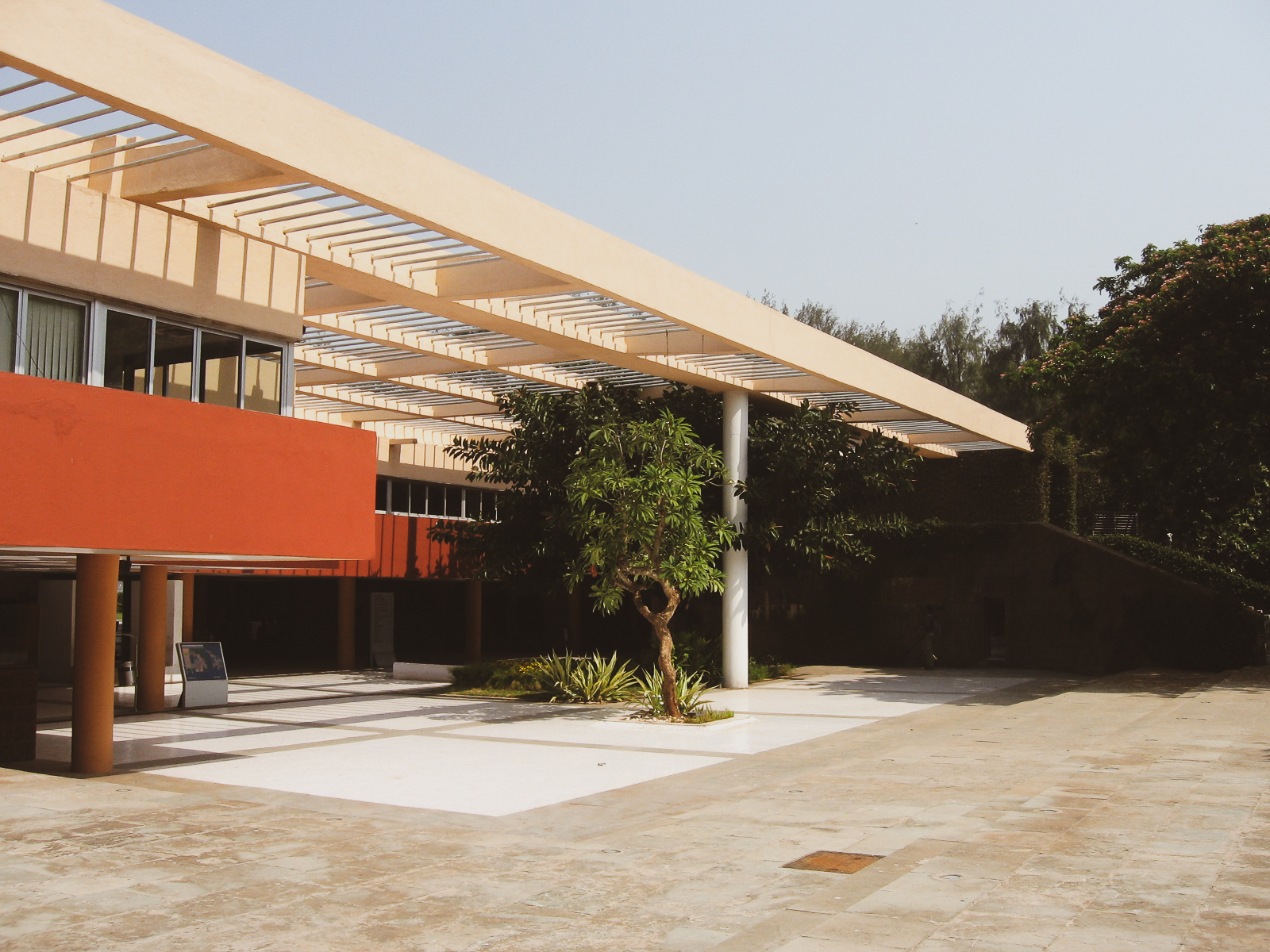
the heritage homes of Goa are like the heart of Goa, exhibiting to the world our culture, architecture and way of life which should be orkgected at all costs.
today, the world is greedy and many do not understand the value of such houses, such as in velsao.
we must safeguard our heritage and not allow development to ruin our homes.